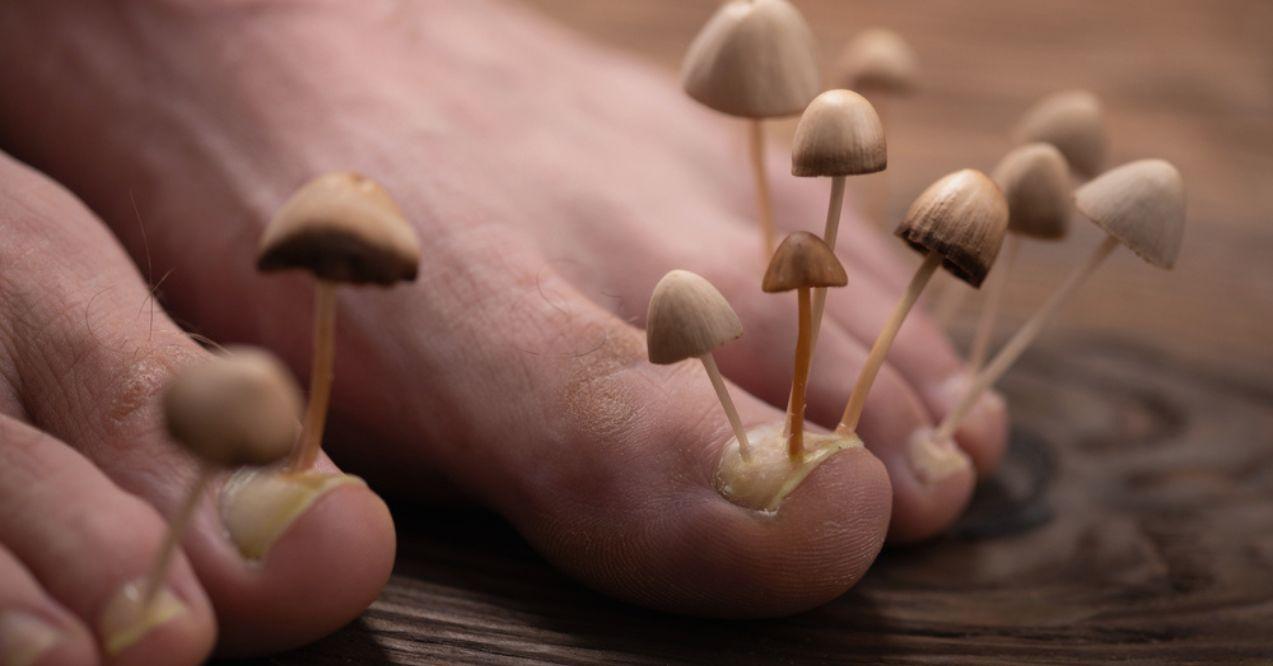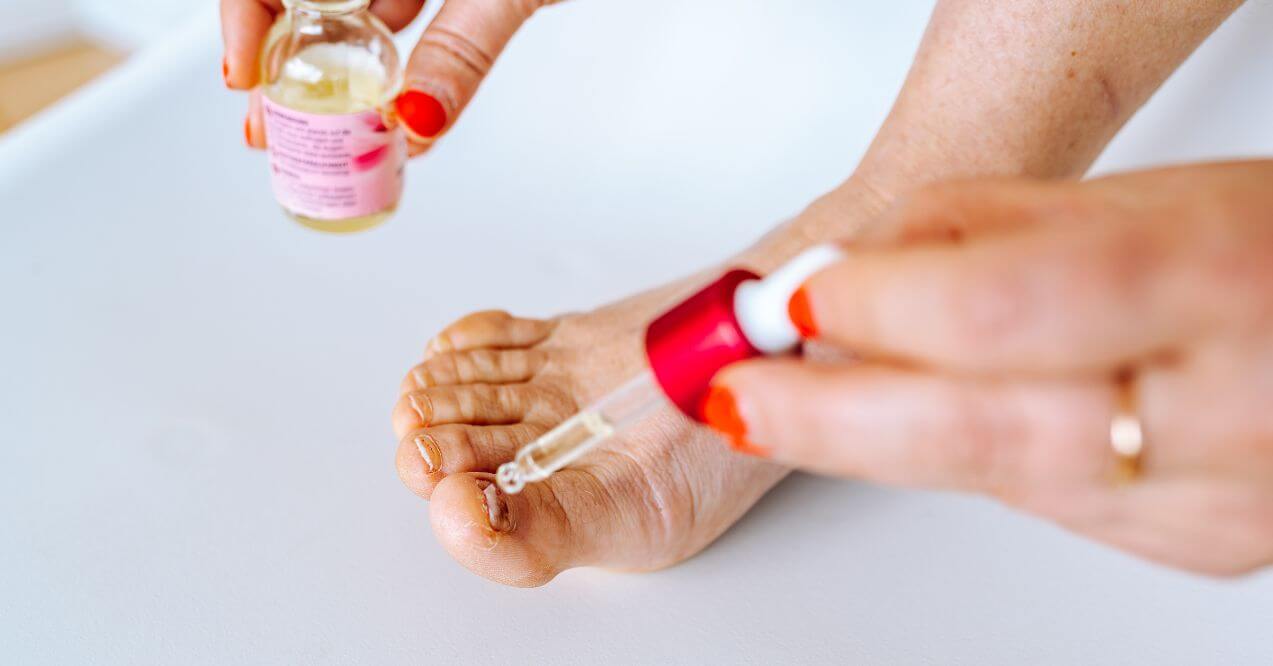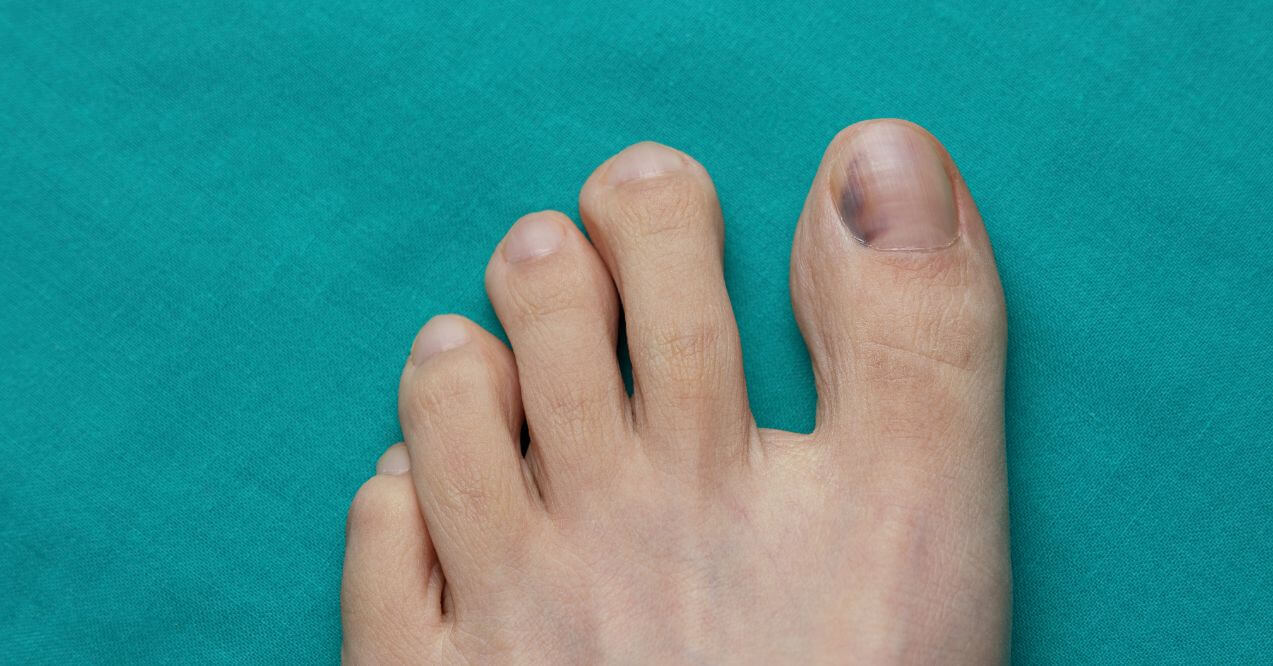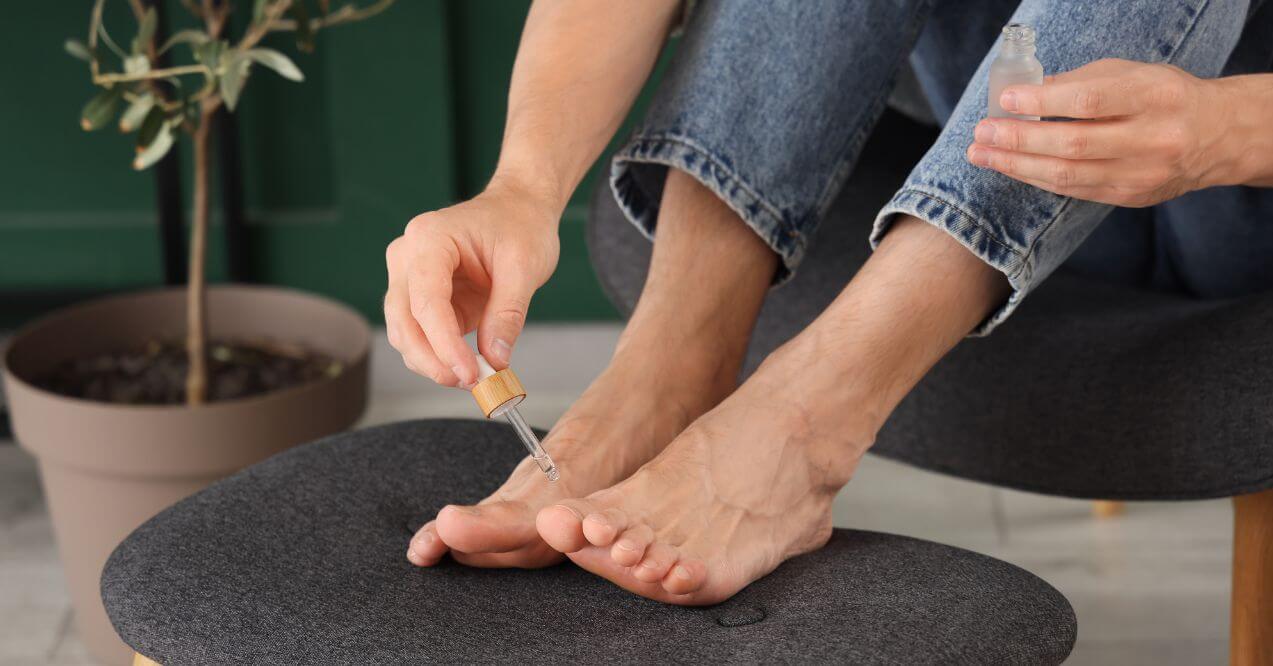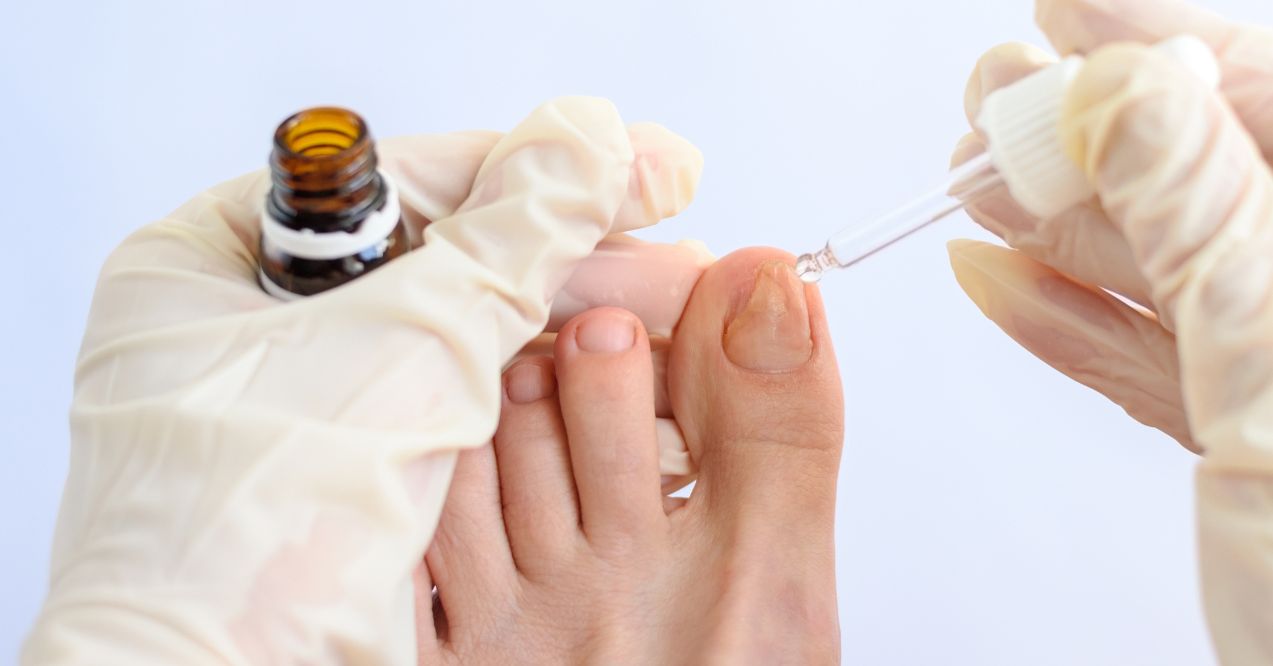How a Podiatrist for Toe Fungus Can Help You?
Learn how a podiatrist for toe fungus can support nail health and explore treatment options for fungal infections.


A podiatrist for toe fungus can be a valuable ally in your journey towards healthier feet. Toenail fungus, medically known as onychomycosis, is a common condition that affects millions of people worldwide. This issue often begins with nail discoloration, thickening, and brittleness, usually starting at the tip and progressing toward the cuticle. While it may initially seem like a cosmetic concern, toenail fungus can cause discomfort and potentially lead to further complications if not properly managed.
In this blog post, we will explore how a podiatrist can assist you in addressing toe fungus and outline various treatment options available to support your foot health.
What Causes Toenail Fungus?
Toenail fungus, or onychomycosis, is primarily caused by different types of fungal organisms. Understanding what causes toenail fungus can help in preventing its development and managing existing infections. Common causes include:
- Dermatophytes – These fungi are the most common culprits behind toenail fungus. They thrive in warm, moist environments such as public pools, locker rooms, and communal showers.
- Yeasts – Species of Candida can also lead to fungal infections, particularly in individuals with compromised immune systems or those who frequently expose their feet to damp conditions.
- Molds – Non-dermatophyte molds can invade the nail and cause infections, particularly in people who already have nail damage or underlying skin conditions.
- Poor foot hygiene – Inadequate cleaning and drying of the feet can create an environment conducive to fungal growth.
- Tight or ill-fitting shoes – Footwear that traps moisture or causes nail trauma can increase the risk of fungal infections.
What Kind of Doctor Treats Toenail Fungus?
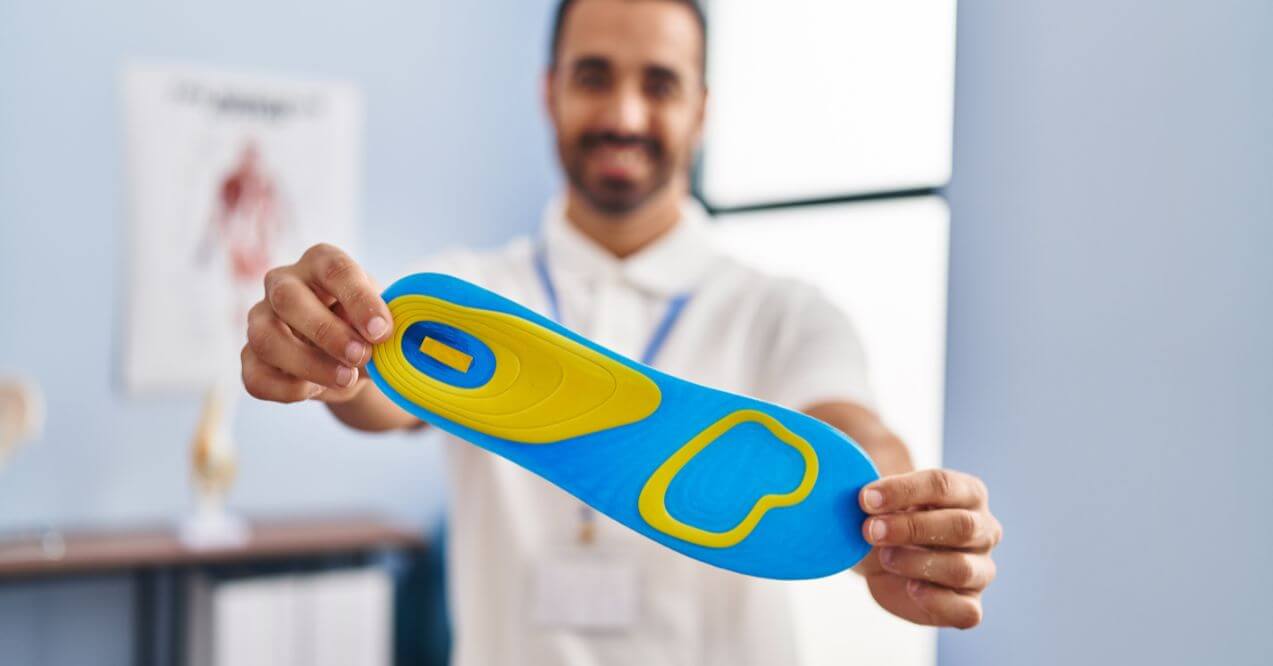
So, what kind of doctor treats toenail fungus? While various healthcare professionals can address this condition, a podiatrist is often the go-to specialist for toenail fungus issues. Podiatrists are foot and ankle specialists who receive extensive training in diagnosing and managing a wide range of foot-related issues, including fungal infections. They are well-equipped to provide comprehensive care for toenail fungus, from the initial assessment through to treatment and follow-up.
In some cases, dermatologists – specialists in skin, hair, and nails – are also qualified to treat toenail fungus. Both professionals can offer expert care, from diagnosis to tailored treatment plans that support nail health. However, podiatrists are frequently the preferred choice for specific nail and foot care, due to their specialized knowledge of the lower extremities.
How The Podiatrist Helps with Toe Fungus?

Seeing a podiatrist for toe fungus is your first step toward healthier feet. They start by carefully examining your infected nail. This expert check helps them create the best treatment plan for you.
Your foot doctor will:
- Check how far the infection has spread
- Find out what type of fungus is causing the problem
- Decide which treatment will work best
A podiatrist for toe fungus might recommend:
- Cream-based treatments
- Oral medications
- Laser therapy
- Nail removal in severe cases
Your podiatrist also teaches you how to prevent future infections. They’ll give you helpful tips about:
- Daily foot care
- Proper cleaning methods
- Choosing the right shoes
This complete approach helps treat your current infection and keeps your feet healthy for the long term.
How Can I Support My Toenail Health?
When considering how to get rid of toenail fungus, there are several treatment methods available. The choice of treatment depends on the severity of the infection and the individual’s overall health.
Oral Antifungal Support

Oral antifungal medications are often prescribed for more severe cases of toenail fungus. These medications work by targeting the infection from within the body, helping to support healthy nail growth and reducing fungal presence. While effective, it can take several months to see results, as the infected nail must grow out and be replaced by a healthy one. Regular monitoring by a podiatrist is essential to ensure proper progress and to check for any side effects.
Laser Therapy
Laser therapy is a non-invasive treatment option that uses concentrated light to target the fungus under the nail. When considering the pros and cons of laser treatment for toenail fungus, its major advantage is the precision in targeting the infection without damaging surrounding tissue. However, multiple sessions may be required, and it can be more costly than other treatments.
Surgical Removal of the Toenail

In more severe or persistent cases of toenail fungus, surgical removal of the toenail might be necessary. This option is typically considered when other treatments have failed to support the recovery process. A podiatrist may recommend this approach when the nail is severely damaged, thickened, or causing significant discomfort. During the procedure, the entire nail or part of it is carefully removed, allowing a new, healthier nail to grow in its place. The area is kept clean and monitored to prevent infection. While this method is more invasive, it can be an effective solution for particularly tough cases.
Microwave Immunotherapy
Microwave immunotherapy is an emerging treatment option for toenail fungus. This method uses microwave energy to heat the affected area, helping to kill the fungi while stimulating the body’s immune response. Though still under study, microwave immunotherapy shows promise as a non-invasive treatment that may support healthy nail growth over time.
Topical Antifungal Aid
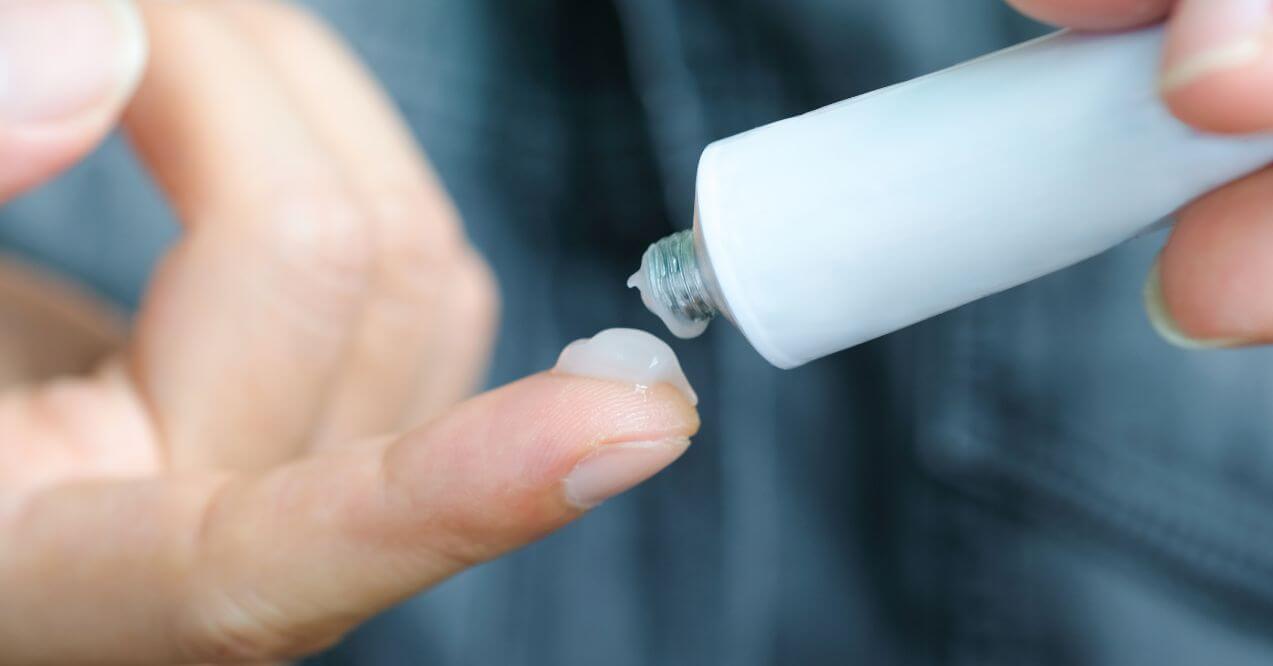
Topical antifungal medications are commonly used to manage toenail fungus, especially in mild to moderate cases. These creams, ointments, or solutions are applied directly to the affected nails and surrounding skin. A podiatrist treats toenail fungus by recommending specific topical treatments that penetrate the nail to target the underlying infection. While topical treatments can be effective, they usually require consistent, long-term application for visible results. A toenail doctor may also recommend combining topical treatments with other methods, such as laser therapy or oral medication, to increase their effectiveness.
Prevention Methods
Preventing toenail fungus is often easier than treating it. To reduce the risk of infection, follow these steps:
- Keep feet clean and dry – Wash your feet daily and ensure they are thoroughly dried, especially between the toes.
- Wear breathable shoes – Opt for footwear made of materials that allow air circulation to prevent moisture buildup.
- Use antifungal powders – Apply antifungal powders or sprays to your shoes and socks to help keep fungi at bay.
- Avoid walking barefoot in communal areas – Protect your feet in places like gyms, pools, and locker rooms by wearing flip-flops or shower shoes.
For those looking to maintain strong, healthy nails, supplements for toenail fungus by PureHealth Research offers a reliable option. Endorsed by Dr. Holly Lucille, ND, RN, these supplements combine the benefits of Wormwood, Caprylic Acid, and Turmeric with BioPerine to support your body’s defenses against toenail fungus.

Wormwood and Caprylic Acid help create an internal environment that discourages fungal growth, while Turmeric enhanced with BioPerine improves absorption and effectiveness. Adding toenail fungus supplements to your daily routine provides an extra layer of protection, promoting healthier, fungus-free nails from the inside out.
Key Takeaways
A podiatrist for toe fungus plays a crucial role in diagnosing and managing toenail fungus, offering expert guidance and a range of effective treatments. Whether through oral or topical medications, laser therapy, or more advanced methods like microwave immunotherapy or surgical removal, a podiatrist tailors the treatment to your specific condition.
Understanding the causes and taking preventive steps can also help reduce the risk of reinfection. Consulting a podiatrist ensures you receive the appropriate care and long-term support for healthier, stronger nails, allowing you to manage toenail fungus effectively and maintain overall foot health.
Yes, a podiatrist treats toenail fungus. They specialize in foot and nail health, diagnosing and offering various treatments such as oral medications, laser therapy, or surgical removal to manage and support healthier nails.
Yes, podiatrists can prescribe antifungal medications, including oral and topical treatments. They assess the severity of the toenail fungus and determine the most effective antifungal approach, providing tailored care to help manage and support healthier nails.
The most effective treatment for toenail fungus depends on the severity of the infection. Oral antifungal medications are often the most reliable, while laser therapy offers a non-invasive alternative. A podiatrist can recommend the best option based on individual needs.
Sign up for our Healthy Living newsletter!
Advertisement. This site offers health, wellness, fitness and nutritional information and is designed for educational purposes only. You should not rely on this information as a substitute for, nor does it replace, professional medical advice, diagnosis, or treatment. If you have any concerns or questions about your health, you should always consult with a physician or other health-care professional. Do not disregard, avoid or delay obtaining medical or health related advice from your health-care professional because of something you may have read on this site. The use of any information provided on this site is solely at your own risk.



